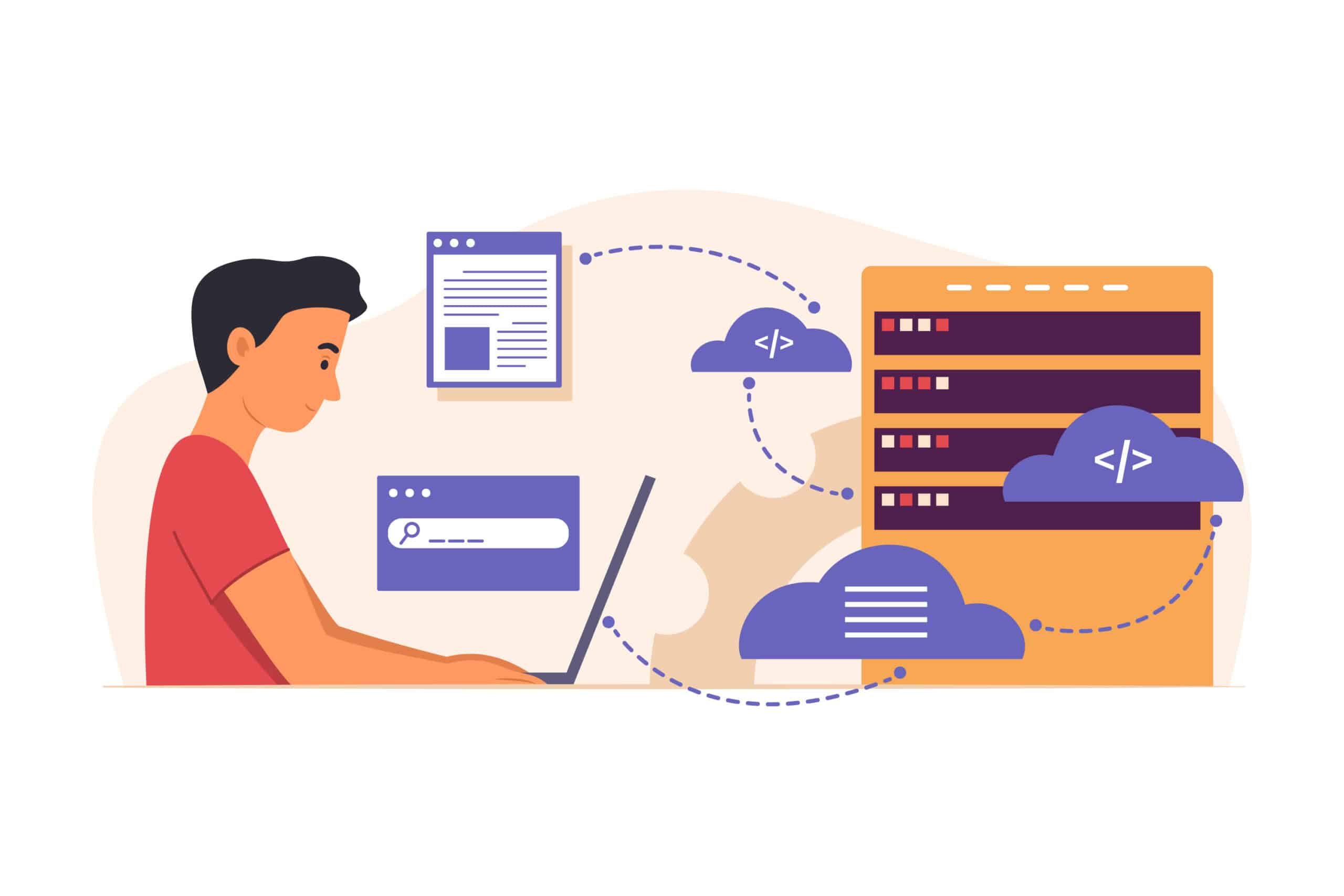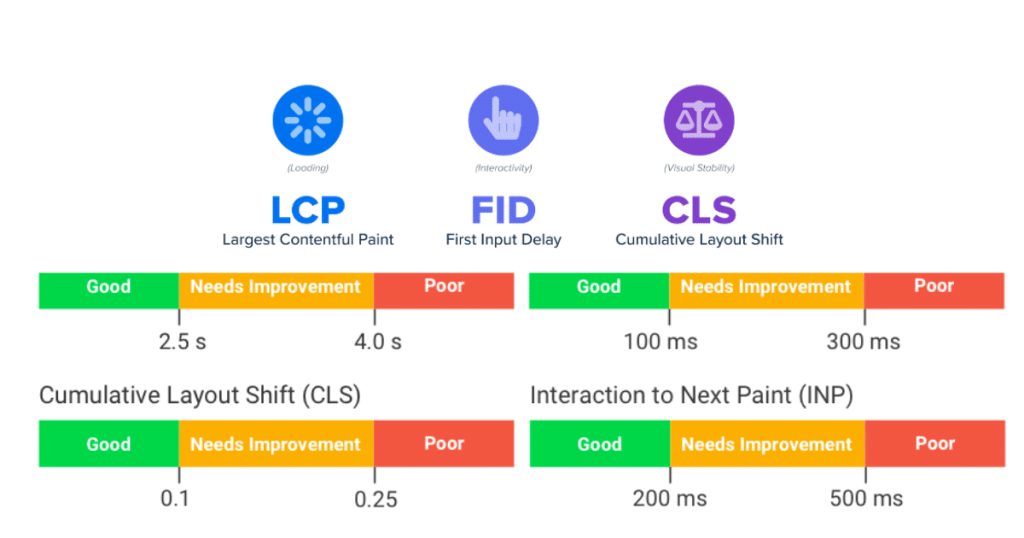This blog involves the integration of Kubernetes with microservices architecture, exploring its main role in modern software development. It starts with an explanation of microservices and how Kubernetes supports their architecture. The blog covers essential aspects such as deploying, managing, and scaling microservices on Kubernetes, emphasising the platform’s capabilities in ensuring seamless operations. It also addresses debugging and monitoring in a Kubernetes environment and implements continuous delivery/continuous deployment (CD) practices.
The blog concludes with best practices for microservices on Kubernetes: managing traffic with Ingress, leveraging Kubernetes for scaling, implementing health checks, using namespaces, adopting a service mesh, and designing each microservice for a single responsibility. For organizations looking to optimize their IT infrastructure, Geeks Solution offers expert consulting services to help effectively implement and manage Kubernetes and microservices.
What Are Microservices?
Microservices work on the application architecture style where a collection of independent services communicates through lightweight APIs. Microservices break a complex application into small, independent pieces that communicate and work together, providing flexibility, scalability, and easy maintenance, like building a city with modular, interconnected components.
Microservices allow a large application to be separated into smaller independent parts, each part responsible for its area. To fulfil a single user request, a microservices-based application can call multiple internal microservices to respond.
How Kubernetes Supports Microservices Architecture?
The goal of the open-source container orchestration platform Kubernetes is to automate the deployment, scaling, and administration of applications that are containerized.
Microservices power your teams and routines through distributed development. You can develop multiple microservices simultaneously. This means more developers working on the same app at the same time, resulting in less development time.
Microservices architecture is supported by Kubernetes in several ways:
- It offers a strong platform for launching and managing your microservices.
- It offers functions like load balancing and service discovery, which are essential for managing a microservices architecture.
- It gives you the tools and APIs you need to automate your microservices’ deployment, scaling, and management.
Managing and Maintaining Microservices with Kubernetes
- Microservices Deployment to Kubernetes:
Typically, when deploying microservices to Kubernetes, each microservice needs to have a Kubernetes Deployment (or something similar, such as a StatefulSet) created for it. A microservice’s configuration, container image to utilize, and the number of replicas to operate are all specified in a deployment.
Kubernetes will schedule the amount of microservice replicas to execute on cluster nodes once the deployment has been created. To make sure these copies keep running, it will also keep an eye on them. Kubernetes will automatically restart a replica in the event of a failure. - Microservices Scaling on Kubernetes:
Microservice-based applications can be scaled in a variety of ways. We can scale them up for improved performance as well as to support larger development teams’ work. At that point, our application can handle a greater workload and have a higher capacity.
We have fine-grained control over our application’s performance when we use microservices. Our microservices’ performance can be readily measured, allowing us to see which ones are not doing well, overworked, or overloaded during periods of high demand.
- Microservices Debugging in a Kubernetes Environment:
In a Kubernetes environment, debugging microservices involves taking a look at their logs and metrics and maybe connecting a debugger to the microservice that is at present in the microservice.
One built-in feature of Kubernetes is the ability to see and gather logs. Additionally, it offers measures to help in the identification of performance problems. A way to deploy a Kubernetes pod to a node for troubleshooting is done by a new feature which is the Kubectl debug node command. When an SSH connection cannot be established to a node, this is helpful.
- Kubernetes for Microservices Monitoring:
Metrics from the Kubernetes nodes, the Kubernetes control plane, and the microservices themselves are collected for microservice monitoring in a Kubernetes context.
Metrics for nodes and the control plane are integrated into Kubernetes, and Prometheus and Grafana are two tools that may be used to gather and display these metrics.
You can use application performance monitoring (APM) tools to gather detailed performance data for the applications that are executing inside each microservice. Error rates, service response times, and other important performance metrics can all be obtained from these technologies.
- Implementing Continuous Delivery/Continuous Deployment with Kubernetes:
Continuous delivery, also known as continuous deployment, or CD, for microservices may be easily implemented with Kubernetes. You may manage the desired state of your microservices directly with the help of the Kubernetes Deployment object. This allows the deployment, scaling, and updating of your microservices in an automated manner. Also, rolling updates are automatically supported by Kubernetes. By doing this, you can lower the chance of introducing a breaking change by bringing changes to your microservices gradually. More dependable rollback capabilities and support for progressive deployment techniques like blue/green deployments and canary releases are offered by open-source solutions like Argo Rollouts.
Best Practices for Microservices on Kubernetes
- Manage Traffic with Ingress:
In a microservices architecture, traffic management can be challenging. It can be difficult to route requests to the appropriate service when there are numerous separate services, each associated with its endpoint. Here is the role of Kubernetes Ingress.
An API object known as Ingress uses the host and path to offer HTTP and HTTPS routing to services inside a cluster. In essence, it serves as a reverse proxy, sending incoming queries to the relevant server. This simplifies the architecture of your application and makes it easier to manage by enabling you to expose many services under a single IP address.
Apart from streamlining the routing process, Ingress offers additional functionalities including load balancing, name-based virtual hosting, and SSL/TLS termination. Your microservices’ security and speed can both be significantly enhanced by these capabilities. - Leverage Kubernetes to Scale Microservices:
Scaling individual services separately is a major advantage of having a microservices architecture. Many tools are available in Kubernetes to assist you in scaling your microservices.
This makes it possible for you to handle various loads and resource allocation more skillfully. Additionally, Kubernetes provides manual scaling, which lets you change the number of pods in a deployment as needed. This can be helpful in situations where you anticipate a brief increase in traffic, like marketing campaigns.
The Horizontal Pod Autoscaler (HPA) is one such instrument. With support for custom metrics, HPA automatically determines the number of pods in a deployment based on observed CPU utilization or any other application-provided data. This enables your application to react to variations in load automatically.
- Implement Health Checks:
Health checks are essential to keeping an application responsive and robust. They make it possible for Kubernetes to change out broken pods automatically, keeping your application active and functioning.
Liveness probes and readiness probes are the two categories of health checks offered by Kubernetes. While liveness probes are used to verify whether a pod is still running, readiness probes are used to evaluate whether a pod is prepared to accept requests.
- Use Namespaces:
In a big, complicated application, organization is important. Several individuals or teams can share cluster resources by using Kubernetes namespaces. The names of resources in one namespace do not overlap with the names in other namespaces, and each namespace has its scope for names.
Microservice management can be made simpler by using namespaces. You can manage connected services as a unit by applying policies and access controls at the namespace level by putting them into the same namespace.
Use service Mesh:
In a microservices architecture, a service mesh is a specialized infrastructure layer that manages service-to-service communication. It is in charge of ensuring that requests are reliably sent across the complicated network of services that make up a microservices application.A service mesh offers various advantages when used with microservices on Kubernetes, such as load balancing, traffic management, failure recovery, and service discovery. Additionally, it offers strong features like timeouts, circuit breakers, retries, and more, all of which might be essential for preserving the dependability and efficiency of your microservices.
Although some of these features are already included in Kubernetes, a service mesh gives you even more precise control over how your services communicate with one another. It’s a choice between service mesh platforms.
- Design Each Microservice for a Single Responsibility:
One of the main principles of microservice Architecture is giving each microservice a single task. This principle is equally important for Kubernetes deployment. A clear division of responsibilities and connection are made possible by the single responsibility principle.
Kubernetes offers robust support for managing microservices, from deployment and scaling to monitoring and continuous delivery. By following best practices and leveraging Kubernetes’ powerful features, organizations can effectively harness the benefits of microservices architecture, ensuring scalability, reliability, and efficiency in their applications.
At Geeks Solutions, we specialize in providing top-notch Kubernetes services to help you optimize your IT infrastructure. Our team of experts can guide you through every step of the process, from initial deployment to ongoing management and scaling. Let us help you leverage the full potential of Kubernetes for your microservices architecture.
Contact Geeks Solutions today to learn more about how we can support your digital transformation journey.




